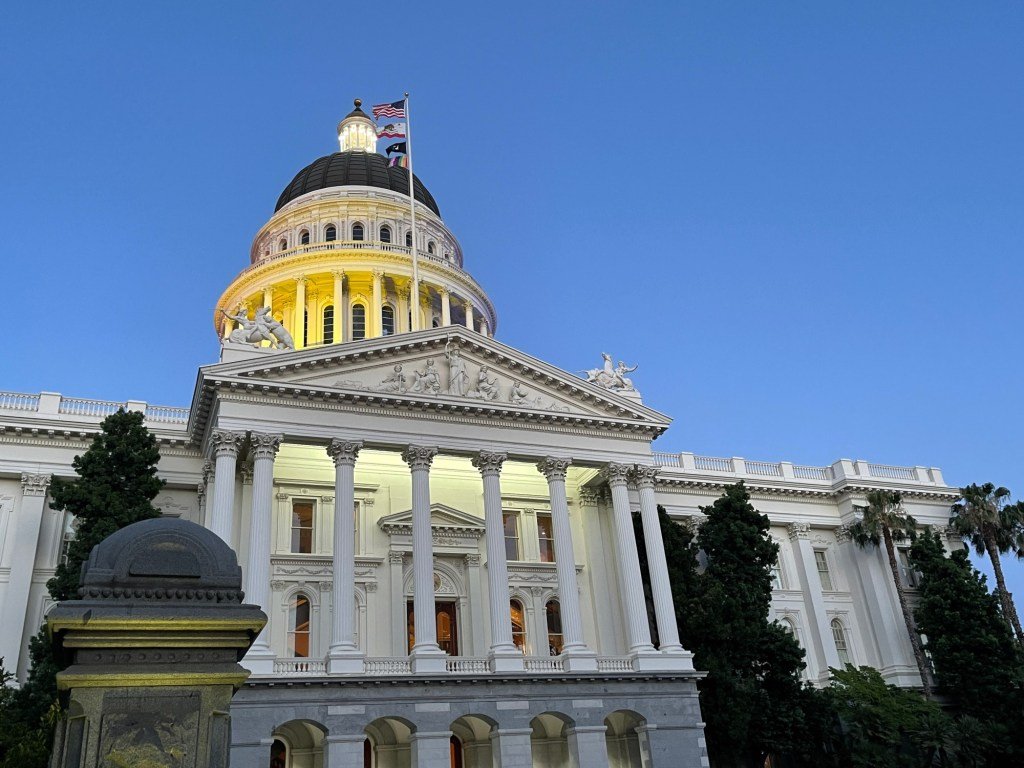California’s Environmental Review Law Faces Major Erosion Amid Economic Pressures
Under the dimmed lights of the California State Capitol, a tense atmosphere enveloped the chambers as lawmakers hurriedly assembled to debate a crucial piece of legislation. Moments before the vote, a concerned legislator stood, her voice layered with uncertainty, “What will this mean for our communities?” This question resonated throughout the halls of power on a day that would reshape California’s environmental landscape—a day when Governor Gavin Newsom’s insistence for rapid economic recovery led to the acceptance of substantial changes to the state’s signature environmental review law, the California Environmental Quality Act (CEQA).
A Historic Rollback
On June 30, 2025, California legislators passed sweeping modifications to CEQA, marking one of the most significant rollbacks in its 54-year history. Embedded within a budget bill, the new law exempts nine categories of projects—including advanced manufacturing facilities—from the extensive environmental reviews previously mandated. The changes aim to expedite construction processes considered essential for bolstering California’s economy, but critics fear the measures will disproportionately affect vulnerable communities.
“For too long, businesses have claimed ‘CEQA abuse,’” notes Dr. Evelyn Martinez, a professor of Environmental Studies at Stanford University. “While developers argue for speed, we must ask: at what cost?” With the new legislation, projects that seek to revitalize communities—like child care centers and health clinics—are prioritized, but not without stirring a substantial uproar among environmental advocates.
Blueprint for Controversy
The crux of the legislation allows exemptions particularly for “advanced manufacturing” in zones already designated for industrial use. This category, which encompasses operations from semiconductor fabrication to nanotech, has sparked fierce backlash.
- Exemptions apply to nine project types: child care centers, health clinics, food banks, farmworker housing, broadband, wildfire prevention, water infrastructure, public parks, and advanced manufacturing.
- Legislators streamlined legal processes by limiting claims that can be raised in court.
- Environmental reviews will now skip full assessments if projects narrowly miss exemption criteria.
Critics argue that such measures will exacerbate pollution in low-income communities, historically more prone to environmental hazards. “We are witnessing a reckless abandonment of community interests for corporate gain,” states Sarah Jin, an environmental justice organizer with the California Environmental Justice Alliance. The bill sailed through legislative approval with overwhelming bipartisan support, yet voices of dissent remained resolute, echoing warnings of potential ecological disasters.
Challenging CEQA’s Legacy
Initially enacted in 1970 with a commitment to environmental sustainability, CEQA sought to ensure thorough assessments of environmental impacts caused by new developments. From its inception under Ronald Reagan, the law has empowered citizens to hold developers accountable. However, amid escalating climate challenges, sentiments have shifted.
“The conversation has evolved,” remarks Dr. Olivia Tan, a climate policy analyst at UC Berkeley. “Today’s urgency amidst climate change requires a reexamination of how we balance growth with environmental protection.” The new law draws its roots from an evolving narrative: California must adapt to global economic trends while addressing its environmental commitments.
Debate and Tension at the Capitol
As hours stretched into a heated debate in the Assembly, multiple voices rose in protest. “This is the worst anti-environmental bill in California’s recent history,” Asha Sharma proclaimed. Her words resonated deeply among community representatives attending the session. However, proponents countered, asserting that the new law would streamline necessary development and bolster the state’s economy. State Senator Scott Wiener defended the measures, stating, “This bill will help us get more housing, childcare centers, and advanced manufacturing—key investments for the future.”
The echo of conflicting perspectives captured the tension within the legislature. Detractors suggested that the hurried decision-making process lacked critical scrutiny. Republican Assemblyman Roger Niello expressed, “We are playing with fire when the executive branch dictates legislative outcomes.” Such sentiments reveal growing concern over the executive’s assertiveness in governmental processes and raise alarms over potential abuses of power.
Communities at Risk
Amid political maneuvering, many advocates point to California’s historical context, where low-income communities of color often bear the brunt of industrial pollution. “CEQA provided essential protection against toxic sites,” argues Raquel Mason, a legislative manager advocating for marginalized communities. The law’s revision was seen as a betrayal by those who once found solace in its protective capability.
Labor groups also echoed similar fears, with the United Auto Workers expressing significant trepidation about the implications for worker safety and community wellbeing. “Our members deserve environments free from toxic exposure,” stated Samuel Appel, underscoring the workforce’s primary concern for health amidst new manufacturing undertakings.
What Lies Ahead
As stakeholders digest the ramifications of CEQA’s alterations, a complex tapestry of conflicting interests unfolds. The debate over California’s path forward continues as urban planners, environmental organizations, and citizen advocates grapple with navigating industrial growth against a backdrop of ecological integrity.
Dr. Martinez concludes, “California stands at a crossroads: balance needs with sustainability. Effective environmental oversight is not simply a regulatory burden but a moral obligation.” As the dust settles on this legislation, the conversation about community rights, corporate interests, and environmental health will undoubtedly forge a key narrative in California’s future, intertwining the dream of progress with the essential responsibility of stewardship.





